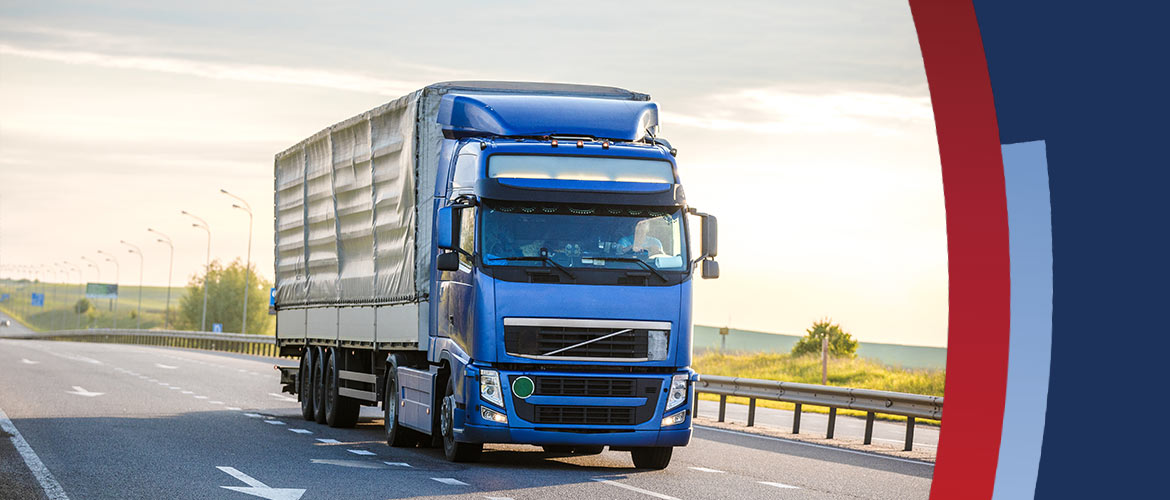Businesses that rely on transportation services have four options to choose from. In some cases, the four options, trucking, shipping, train, and plane, can be combined to reach the desired destination.
Choosing the one transportation mode or the combination that works for you can be tricky. There’s a lot to consider, from the suitability of the transportation medium to its urgency, cost, and added benefits. To help you choose the best one, this article goes over the pros and cons of various transportation services.
Contents
How to Choose the Best Transportation Services for Your Needs
Choosing the right transportation service and medium can make a world of difference for your business. Below are the important considerations to keep in mind.
The Product: The type of product your business deals in or with can streamline your options. For example, businesses dealing in large, non-perishable items with no delivery urgency can leverage train and shipping lines to fulfill their transportation needs. The transportation services can also be combined to address more specific inland needs.
Location: Your business location, as well as the delivery location, can affect the type of transportation services suitable for your business needs. The key concerns when considering location include the following;
Shipping Origin: This is usually where the shipping is coming from or originating. It is where you’re sending the goods or products from or where they’re coming from. Consider the transportation medium the location has access to, whether land, railroads, airports, or seaports.
Borders: Consider whether the products or goods will be crossing borders from one country or continent to another. Shipping across borders can often require a bi or tri modal transportation solution.
Shipping Destination: The shipping destination is also as important as the origin. Consider the mode of delivery most accessible to the receiver at the destination.
The Consumer: The consumer is the final point in the supply chain. Consider the consumer’s access to specific transportation solutions as well as whether they are a business or an individual.
While the above are important considerations to keep in mind, additional considerations like the time taken from origin to destination, the urgency of the order and delivery timeline, type of business relationship, and budget can also affect the choice of transportation service.
Transportation Services and Their Properties
Truck or Freight–Road Transportation
Road transportation has witnessed a lot of improvement over the last couple of decades. With trucks and heavy-duty machinery on the road, the transportation medium has become one of the most trusted for heavy-duty equipment and product transportation.
Truck freight alone accounts for over 54% of all northern border freights between the United States and Canada.
Choosing this transportation medium offers an array of advantages, including;
- Easier to use as there are few restrictions implemented compared to other transportation modes.
- Relatively cheaper, especially when compared to air and ship transportation
- Offers better accessibility, especially as road networks have become highly developed and connected
- Variety of options, allowing businesses to choose the preferred freight or truck types to suit their specific needs.
- Encourages door-to-door shipment solutions for businesses and individuals.
Although road transportation has many great benefits, their setback includes the following;
- Road transportation can be time-consuming
- Lack of control over product handling
Ship – Marine Transportation
Ocean transportation accounts for over 90% of global logistics and trade. The United States relies on water transportation for up to 70% of its international merchandise.
Water transportation offers many great benefits, including;
- Accommodates larger products and mass
- Costs less than air transportation
- Enhances the safety of shipment
Although water transportation supports a larger mass, they have key disadvantages like;
- Slow transportation
Train – Rail Transportation
Rail transportation is a great way to get heavy machinery and products from one end to another via land. The network offers businesses and individuals a chance to safely and securely address certain transportation needs with ease.
The advantages of rail transportation include the following;
- More carrying capacity than road and air transportation
- Reduced chances of delays
- Minimal impact on the environment
The transportation mode isn’t without its setbacks. The disadvantages of rail transportation include;
- Longer transit time
- Minimal accessibility
Plane – Air Transportation
Air transportation is one of the fastest means of getting products from one end to another. While they are fast, they are equally expensive and perfect for lightweight and time-sensitive deliveries.
Some of the advantages of using air transport include;
- Speedy delivery of goods and products
- Enhanced security and security checks
While air transportation is a great option for fast delivery, the trade-offs include the following;
Air transport is expensive
There are limitations to products or goods, as well as weight limits.
Considering each of the four modes of transportation can help you to narrow your options and choose the best one for your business needs.

